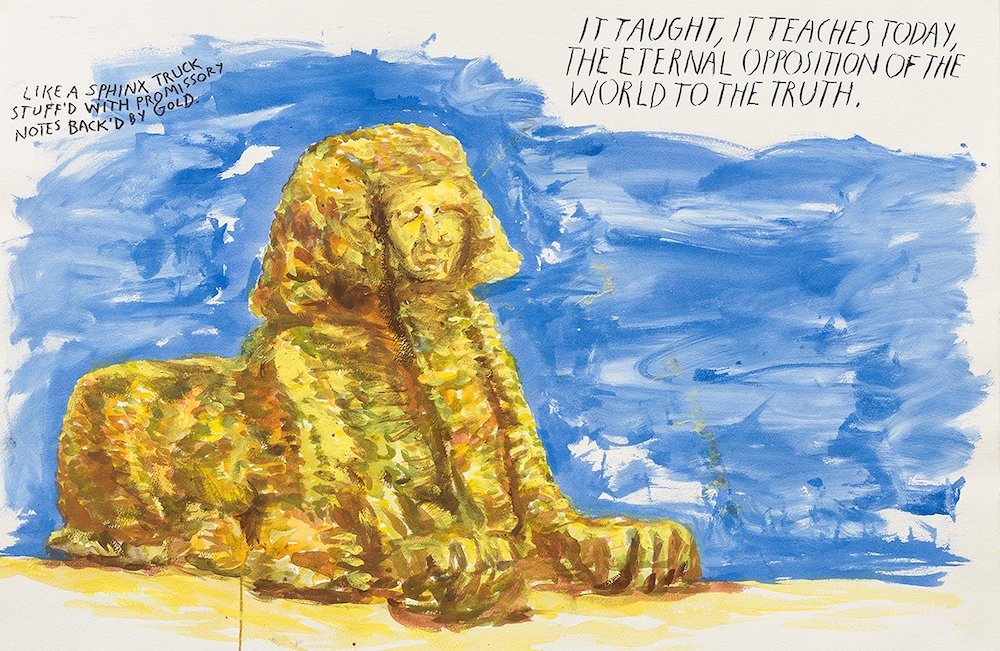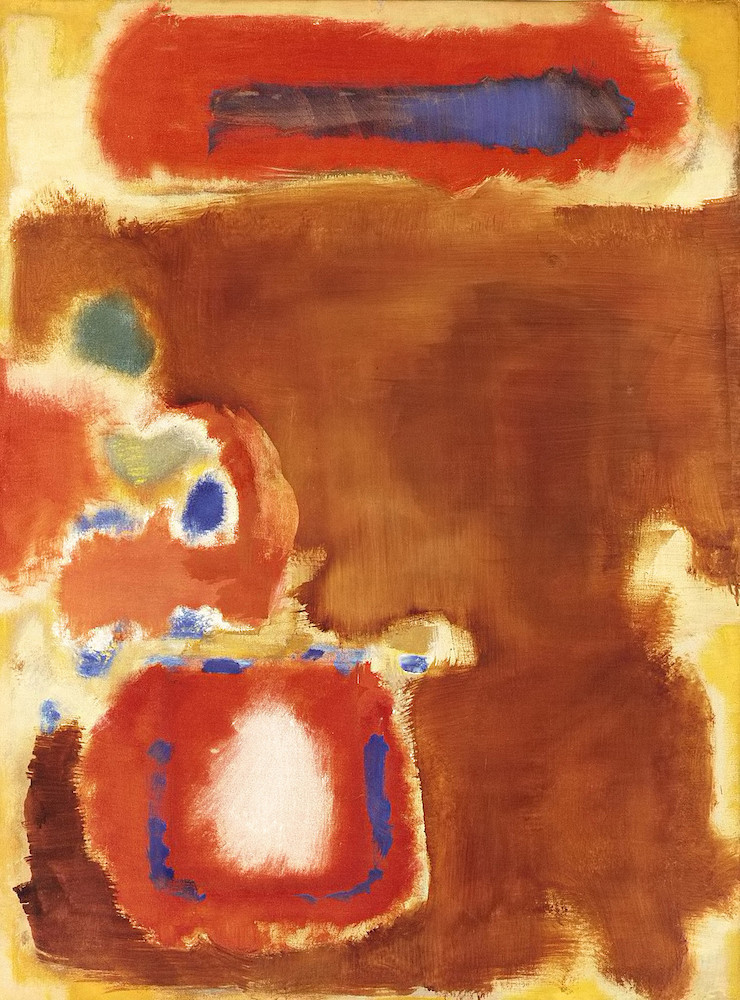Your cart is currently empty!
REMARKS ON COLOR: Truman’s “Buck Stops Here” Brown May’s Hue

The story is legendary, and one would think where money is concerned, or even mentioned at all, one would find a swath of olive-green bills stacked high on the president’s desk, but The Buck Stops Here sign was in fact not green at all, but mahogany! This is a little-known fact, and probably a well-guarded secret in some elitist circles, but the famous sign, made by the Federal Reformatory at El Reno, Oklahoma, and ordered by Fred A. Canfil, then United States Marshal for the Western District of Missouri, and a dear friend of the Pres., was meant as a token of friendship, but also, and more importantly, as a warning for folks to TAKE RESPONSIBILITY for their God Damned actions.
The sign itself was classy with a burnished brown facade with lettering reminiscent of classic 1930’s New York Times headlines, but it was the sentiment itself that really struck a chord. Everyone who ever sat down across from Harry S. Truman in the great Oval Office, saw it there like a small brown mirror, reflecting back at them all the small and seemingly incidental human hypocrisies that punctuated their lives—hat time in grammar school when John Roy Steelman, Truman’s chief of staff, looked up Mary Joe Stanton’s skirt, or the lies Vice President Alben Barkley told his mother, pretending to attend a boy scout’s meeting when really he was kissing Jack Shifford in the coat room. That infamous sign was a truth serum if ever there was one, and those who gazed upon it recognized it’s power.
Even the illustrious Bess Truman, whose outward appearance radiated good faith and political zeal, looked upon the small brown sign with suspicion, only to succumb to its influence, finally raising her voice after years of silence and pretending at “social graces,” exclaiming, upon encountering a ghost in The White House, “Now about those ghosts. I’m sure they’re here and I am not half so alarmed at meeting up with any of them as I am at having to meet the live nuts I have to see every day in The White House!”

